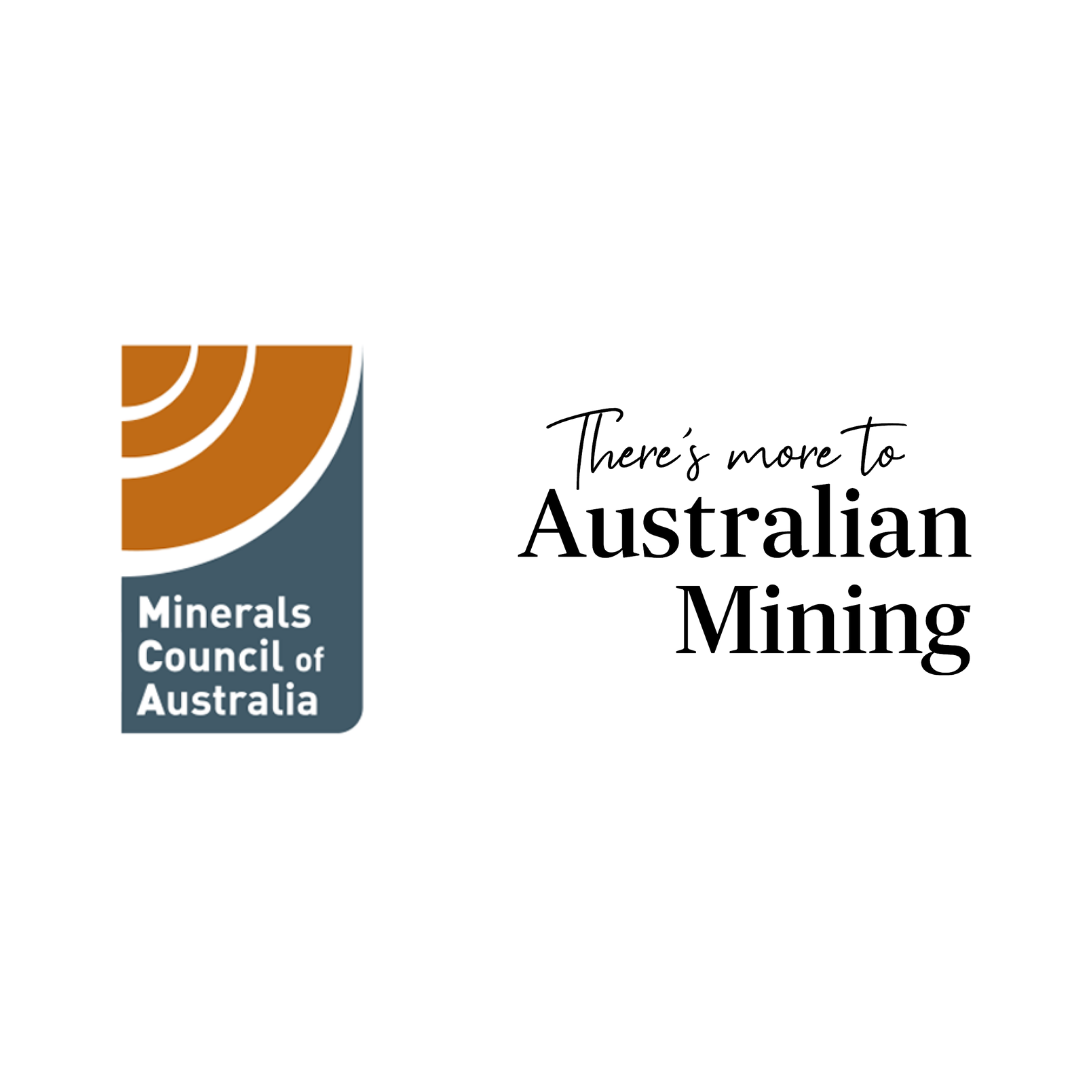Mining has come a long way since the 1980s and ’90s. Creating an environment where everyone feels safe to bring their whole selves to work is a priority for the industry.
And employing a diverse workforce has never been more critical.
To attract the best and brightest, the mining industry needs the diversity of thought and experience that comes from employing people from various backgrounds.
The mining workforce also needs to reflect the communities in which miners live and work, and that means actively seeking a mix of people across age groups, caring responsibilities, cultural backgrounds, physical abilities, gender identity and sexual orientation.
Women in Mining
The number of women employed in mining is growing. In the past 10 years the mining industry has increased employment of women from 30,000 to approximately 60,000 and is continuing to take action to increase women participation.
Research by BDO Australia revealed women in mining are promoted to both managerial and technical specialist roles some nine years earlier than men. While much work still needs to be done to encourage women to consider a career in mining, company programs are making a difference.
In 2016, BHP set its goal to achieve gender balance by 2025. Today, women make up the majority of managers of its executive leadership team. At Rio Tinto, 60% of its graduate intake in 2020 were women.
Gold miner St. Barbara has received the Workplace Gender Equality Agency Employer of Choice for Gender Equality Citation for seven consecutive years. In Australia, women comprise 33% of its Board and 28% of its workforce.
Aboriginal and Torres Strait Islander Employment Opportunities
As a result of Traditional Owner, community and industry partnerships, the number of Aboriginal and Torres Strait Islander peoples employed in mining doubled between 2006 and 2016. The proportion of Aboriginal and Torres Strait Islander peoples employed in the mining industry is higher than any other industry.
Over two decades, the mining industry has developed tailored pathways for Aboriginal and Torres Strait Islander peoples, including work readiness programs, apprenticeships, traineeships, graduate and cadetship opportunities and targeted recruitment.
Many mining companies offer mentoring, career development support, and workforce cultural awareness training. Increasing participation in leadership and STEM roles is an industry priority.
Rainbow Pride
From rainbow cupcakes and painting mining trucks during Pride Month to marching in the local Mardi Gras, mining companies are demonstrating their commitment to being good allies.
Workplace programs and employee resource groups operate within most major mining companies to drive a safe, inclusive, supportive work environment for LGBTIQA+ employees.
Thiess is an active ally, and their Allies Committee connects and advocates for LGBTIQA+ employees, consistent with the company’s commitment to an inclusive workplace.
At BHP, Jasper is an employee resource group formed to strengthen the company’s culture through inclusion and diversity, while Rio Tinto has an LGBT+ committee designed to foster a supportive community among its workforce.
Career Transitions
It’s never too late to pursue a career in mining! Perhaps you’re an electrician, fitter, and turner who wants to train new technologies. Or you’re handy behind the wheel or under the bonnet and want a well-paying job where you can put those skills to work.
Or perhaps you were a teacher, dental assistant or administrative support and is seeking a new career challenge that is well-paid and offers flexibility.
Traditional mining careers in the past required industry-specific qualifications and experience, but today, transferable skills are equally, if not more important.
Discover what surprised three mining individuals about their journeys into this dynamic sector via these insightful video interviews!
Neurodiversity
Mining companies are also considering creating more inclusive environments for neurodiverse people.
Neurodiverse people experience differences such as autism, Asperger’s Syndrome, ADHD and dyslexia. Since 2017, BHP has worked with Curtin University’s Autism Academy for Software Quality Assurance, the Australian Computer Society Foundation and the Autism Association of Western Australia on various programs that make it a more inclusive employer.
Since then, BHP has welcomed twenty interns in data science, software development and testing, engineering and environmental safety placement roles to its Perth offices.
The program’s success has encouraged BHP to expand the initiative and its roles to other locations.
Find Out More
At Explore Careers, we’re incredibly proud to partner with the Minerals Council of Australia.
As a global technology leader, Australia’s mining sector and the MCA place a priority on their people, investing in skills and knowledge to provide opportunities in the mineral workforce of the future.
The Make Your Career in Mining provides young people and their families with information on these roles and what the mining industry offers. It also includes information on the different pathways into the industry.

